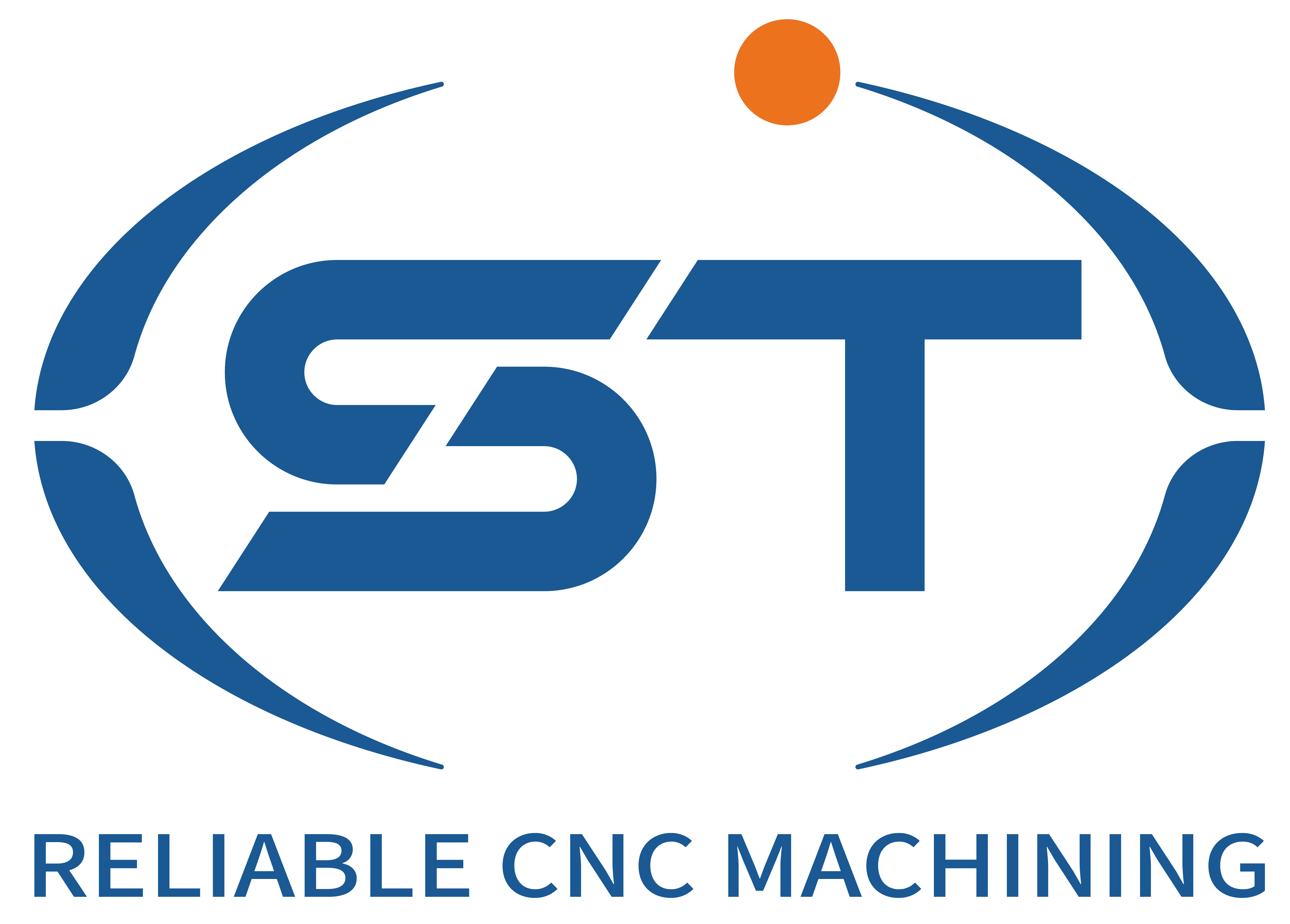Inhoudsopgave
SchakelaarUnderstanding Tolerances in CNC Machining
Tolerances in CNC-bewerking refer to the permissible limits of variation in a physical dimension or measured value of a manufactured part. They play a crucial role in ensuring that parts consistently fit and function as intended within the assembly. In essence, tolerances dictate how much deviation from a nominal value is acceptable. Understanding these tolerances is vital for both the manufacturer and the end-user, as they directly impact the performance and reliability of the final product.
Tolerances can be classified into two main categories: standard and tight tolerances. Standard tolerances encompass the typical deviations allowed for general applications, where the cost of manufacturing, inspection, and material is balanced against the functional requirements of the part. In contrast, tight tolerances represent stricter control over dimensions, leading to increased precision but also higher manufacturing and inspection costs. Manufacturers must assess whether the benefits of tight tolerances justify the additional expenses incurred during the production process.
The impact of tolerances on machining processes is significant. Tight tolerances necessitate more advanced machining techniques, which can slow down production speeds and require more time for setup and inspection. This may lead to higher labor and operational costs. Conversely, specifying standard tolerances allows for more efficient production methods, thereby reducing costs and turnaround times while still meeting essential functional requirements. Therefore, a careful evaluation of tolerances is critical, as it not only influences the operational aspects of CNC machining but also affects overall product quality. Properly managed tolerances can result in components that not only fit together seamlessly but also stand the test of time in their intended application.
When to Specify Tight Tolerances
In the realm of CNC machining, the specification of tight tolerances plays a critical role in ensuring the performance and reliability of manufactured components. Tight tolerances are essential in scenarios where parts must fit together with precision or operate under conditions that place them under significant stress. Identifying these circumstances allows manufacturers to avoid unnecessary costs associated with excessive precision while still maintaining the necessary performance standards.
One primary scenario that necessitates tight tolerances is in the production of mating parts. For instance, components such as gears, shafts, and bearings must adhere to strict dimensional accuracy to function effectively. Any deviation from specified tolerances may lead to improper fitment, resulting in increased wear and premature failure of the components. The importance of precision in such cases cannot be overstated, as the overall functionality of the assembled machinery relies heavily on the careful engineering of each individual part.
Additionally, components subjected to high stress during operation, such as those in aerospace or automotive applications, require tight tolerances to ensure safety and durability. Parts like engine components or structural supports must withstand extreme conditions, making precise dimensional characteristics crucial. The failure to achieve proper tolerances can result in catastrophic consequences, including system failures that jeopardize operational safety.
When determining where to implement tight tolerances, it is advisable to conduct a thorough analysis of the assembly process, use case scenarios, and material characteristics. This analysis should include engaging with engineering and production teams to pinpoint critical functional surfaces and the specifications necessary for each part’s intended application. By establishing best practices for these evaluations, manufacturers can enhance cost efficiency while ensuring that required performance standards are met.
The Balance of Using ISO 2768 Tolerances
ISO 2768 is a widely recognized standard that specifies general tolerances for linear dimensions, angular dimensions, and geometrical tolerances in mechanical engineering. Utilizing ISO 2768 tolerances in CNC machining can lead to significant advantages in terms of both cost efficiency and manufacturing precision. By focusing on standard tolerances for non-critical areas, manufacturers can streamline production processes while ensuring that the overall quality remains intact.
The application of ISO 2768 tolerances allows for a more pragmatic approach to design and manufacturing. When non-critical areas of a component are assigned these standard tolerances, the variability in dimensions can be effectively managed without incurring additional costs associated with tighter tolerances. This is particularly beneficial in high-volume production runs where maintaining cost-effectiveness is crucial. Resources can be better allocated when engineers prioritize critical tolerances for shared components, while utilizing ISO 2768 for less impactful segments.
Integrating ISO 2768 tolerances into a design strategy requires an understanding of the component’s functional requirements. Designers should assess which features are essential for performance and which can tolerate more variation. By selectively applying standard tolerances, teams can improve overall manufacturing efficiency. Additionally, having a consistent approach helps minimize errors, facilitating smoother workflows and reducing the likelihood of rework or scrap. This harmony between cost control and precision is vital as it allows manufacturers to respond to market demands without sacrificing quality.
Incorporating ISO 2768 into a CNC machining strategy not only aids in optimizing costs but also promotes a structured framework for evaluating design choices. By leveraging the balance offered by these standard tolerances, manufacturers can ensure that their operations remain both efficient and effective.
Achieving High Precision with Cost Efficiency
In the realm of CNC machining, achieving high precision while maintaining cost efficiency is a paramount objective for manufacturers. Precision engineering is integral to ensuring that parts fit correctly and perform their intended functions without failure. A balanced approach to tolerancing not only enhances product quality but also optimizes production costs. By establishing tolerances that meet both design specifications and practical manufacturing capabilities, companies can significantly reduce waste and improve their overall operational efficiency.
A noteworthy example can be seen in the practices of companies utilizing advanced simulations and prototyping technologies. These firms have integrated iterative design processes that allow for fine-tuning of tolerances before full-scale production. By effectively communicating between design and manufacturing teams, they ensure that any potential issues related to tolerances are addressed early in the process. This proactive strategy helps to minimize costly rework and adjustments down the line, thus maintaining cost efficiency while achieving the required precision.
In addition, optimizing workflow can contribute significantly to both precision and cost-effectiveness. Streamlining processes, whether through automation or enhanced manual techniques, allows for quicker turnaround times while still adhering to strict tolerances. Regular assessment of tolerancing practices plays a crucial role; ongoing evaluations can uncover opportunities for improvement, ensuring that the standards remain relevant and beneficial to both product outcomes and financial considerations.
Ultimately, striking a balance between precision and cost efficiency in CNC machining requires a comprehensive strategy. By prioritizing collaboration among teams, optimizing workflow, and committing to regular reviews, manufacturing organizations can not only achieve high precision but also ensure that their cost structures remain viable in a competitive market.




